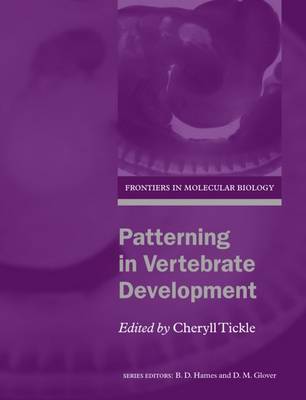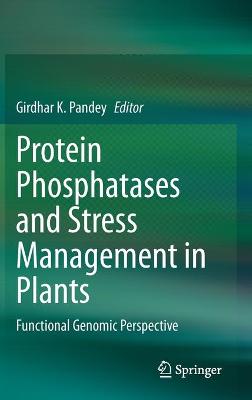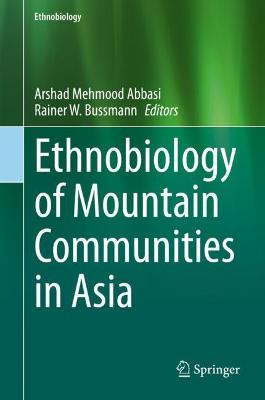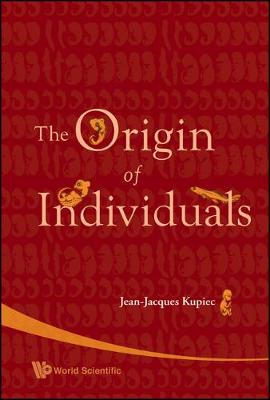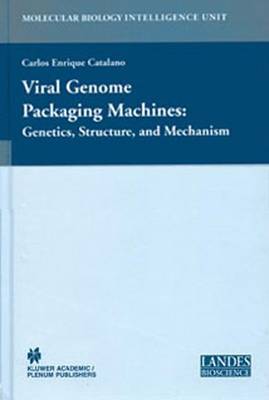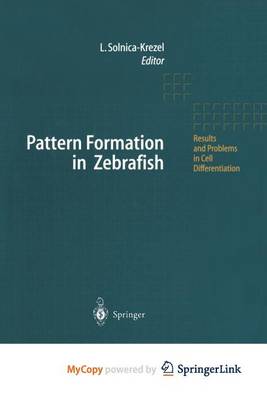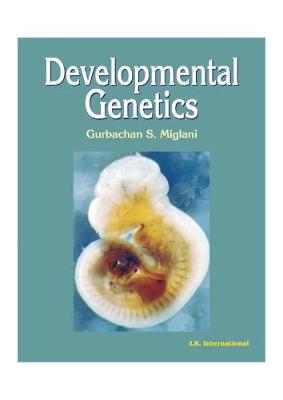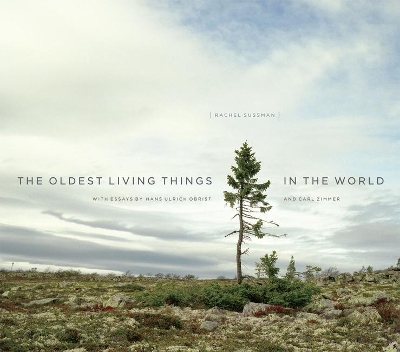Patterning in Vertebrate Development (Frontiers in Molecular Biology)
One of the most fascinating problems in biology is how a single cell, the fertilised egg, gives rise to a new individual. This volume in the "Frontiers in Molecular Biology" series discusses the methods by which cells in distinct regions of an embryo become different, a process known as patterning. Patterning is fundamental to establishing the spatial organisation of the developing embryo. It ensures that all the parts of the body are generated and that they form in exactly the right places. The...
Protein Phosphatases and Stress Management in Plants
The regulation of the phosphorylation/dephosphorylation process, resulting in “cellular switches” that monitor normal plant physiology, growth and development, has immense potential in crop systems. With much of the information in the nascent stages, coming largely from Arabidopsis and rice particularly, the use of cell biology, genetic screens, biochemical approaches aided by an omics approach should help unravel the detail functional information available about signaling pathways in plants. T...
The Geology of the Everglades and Adjacent Areas
by Edward J. Petuch and Charles Roberts
Painting a complete picture of the history of the Everglades, The Geology of the Everglades and Adjacent Areas brings together theperspectives of various geoscientists to provides an overview of the geology, paleontology, and paleoceanography of the Everglades region. It emphasizes the upper 300 m of the geologic framework of the area and gives insight into the local stratigraphy, geomorphology, lithology, and historical geology. Building upon the geologic nomenclature and stratigraphic sequence...
Decapod crustaceans, shrimps, crabs, prawns and their allies are highly visible and important members of marine environments. They are among the most charismatic of marine animals, inhabiting beaches, rocky shores and into the deep sea, hiding under stones, burrowing in the sediment and nestling in among algae and many other microhabitats. However, most are difficult to identify by the specialist and amateur naturalist alike. Marine Decapod Crustacea explains the anatomical features necessary...
Genomics of Tree Crops
Trees that are indispensably supportive to human life pose a formidable challenge to breed them to suit to human needs. From soft drinks to breweries to beverages to oil to tires, the value added products from trees give a spectrum of products to human kind. While attempts to tap these resources through conventional breeding are underway, the quick and elegant way of manipulating the genetic systems at the genome level is an essential chapter of modern science. Books featuring genomics of tree...
The Fish Oocyte: From Basic Studies to Biotechnological Applications
by Patrick J Babin and Esther Lubzens
Ethnobiology of Mountain Communities in Asia (Ethnobiology)
Natural resources and associated biological diversity provide the basis of livelihood for human population, particularly in the rural areas and mountain regions across the globe. Asia is home to the world's highest mountain regions including the Himalayas, Karakorum and Hindukush. These regions are renowned around the globe because of their unique beauty, climate, and biocultural diversity. Because of geoclimatic conditions, the mountains of Asia are medicinal and food plant diversity hot spots....
In the 17th century, Descartes put forth the metaphor of the machine to explain the functioning of living beings. In the 18th century, La Mettrie extended the metaphor to man. The clock was then used as the paradigm of the machine. In the 20th century, this metaphor still held but the clock was replaced by a computer. Nowadays, the organism is viewed as a robot obeying signals emanating from a computer program controlled by genetic information. This book shows that such a conception leads to con...
This book provides leading edge research on a cell cycle, which is an ordered and highly controlled set of events that leads to cell growth and proliferation. Cell cycle progression is driven by changes in the substrate specificity and subcellular localisation of cyclin-dependent kinases (Cdks), which in turn are modulated by a collection of cyclins, Cdk-activating and Cdk-inhibiting kinases, and Cdk inhibitors (CDKIs). Regulation of the cell cycle is critical for the normal development of multi...
Cell Differentiation Research Developments
Cellular differentiation is a concept from developmental biology describing the process by which cells acquire a 'type'. The morphology of a cell may change dramatically during differentiation, but the genetic material remains the same, with few exceptions. A cell that is able to differentiate into many cell types is known as pluripotent. These cells are called stem cells in animals and meristematic cells in higher plants. A cell that is able to differentiate into all cell types is known as toti...
Viral Genome Packaging: Genetics, Structure, and Mechanism (Molecular Biology Intelligence Unit)
Viral Genome Packaging focuses on the process of genome "packaging" within a pre-formed viral procapsid. The chapters of this book concentrate on the biochemistry, enzymology and structural aspects of the genome packaging machinery. This book defines a broad mechanistic basis for the process across the prokaryotic and eukaryotic border, and for DNA and RNA viruses. The biochemical, biophysical and structural aspects of genome packaging are examined in detail.
Neuropeptides and the Developing Brain (Colloquium Series on the Developing Brain)
by Bruce Cushing and C. Sue Carter
Molecules and Morphology in Evolution
This book reviews the phylogenetic data derived from molecular methods and from classical morphology, and analyses the contribution each can make to the study of evolution. Molecular biology and traditional areas of evolutionary biology such as morphology have not enjoyed a particularly happy marriage. Molecular biologists have the advantages of modernity, high technology, and visibility: their results often seem to represent the cutting edge of science, superseding and outmoding what went befor...
The 2007-2012 World Outlook for Large-Size Disposable Diapers
by Philip M. Parker
Stem Cells and Good Manufacturing Practices (Methods in Molecular Biology, #1283)
This volume collects a series of protocols describing the kinds of infrastructures, training, and standard operating procedures currently available to actualize the potential of stem cells for regenerative therapies. Stem Cells and Good Manufacturing Practices: Methods, Protocols, and Regulations pulls together key GMP techniques from laboratories around the world. Written in the highly successful Methods in Molecular Biology series format, chapters include introductions to their respective topi...
This book illustrates basic principles of development and related subject matter of genetics. The main objective is to integrate two disciplines of development and genetics into one. Thus, it mainly deals with the role of genes in development.
Mitochondrial Biogenesis (Royal Society Discussion Volumes)
This book brings together contributions from biologists working both on yeast and plant mitochondria. It discusses the regulation of mitochondrial transcription and translation, RNA splicing, intracellular RNA and protein trafficking, and mitochondrial to nuclear communication. The book should be of interest to research workers, students and all concerned with the cellular and molecular biology of eukaryotic organism.
Concepts in Cell Biology - History and Evolution (Plant Cell Monographs, #23)
This book discusses central concepts and theories in cell biology from the ancient past to the 21st century, based on the premise that understanding the works of scientists like Hooke, Hofmeister, Caspary, Strasburger, Sachs, Schleiden, Schwann, Mendel, Nemec, McClintock, etc. in the context of the latest advances in plant cell biology will help provide valuable new insights.Plants have been an object of study since the roots of the Greek, Chinese and Indian cultures. Since the term “cell” was f...
The Oldest Living Things in the World
by Rachel Sussman, Hans Ulrich Obrist, and Carl Zimmer
The Oldest Living Things in the World is an epic journey through time and space. Over the past decade, artist Rachel Sussman has researched, worked with biologists, and traveled the world from Antarctica to the Mojave Desert in order to photograph continuously living organisms that are at least 2,000 years old. The result is a stunning and unique visual collection of species unlike anything that has been created in the arts or sciences before. She begins at "year zero," and looks back from there...
